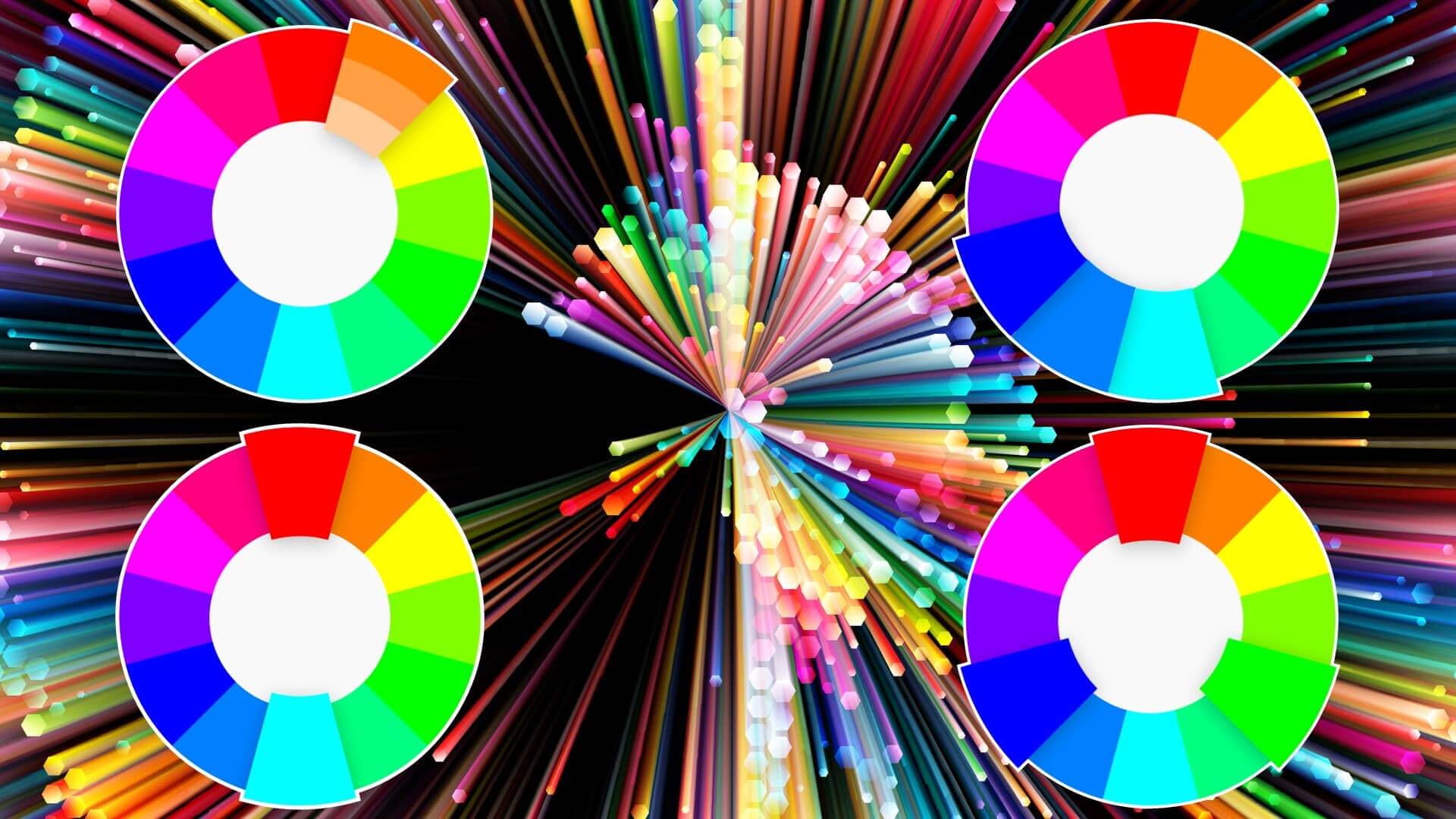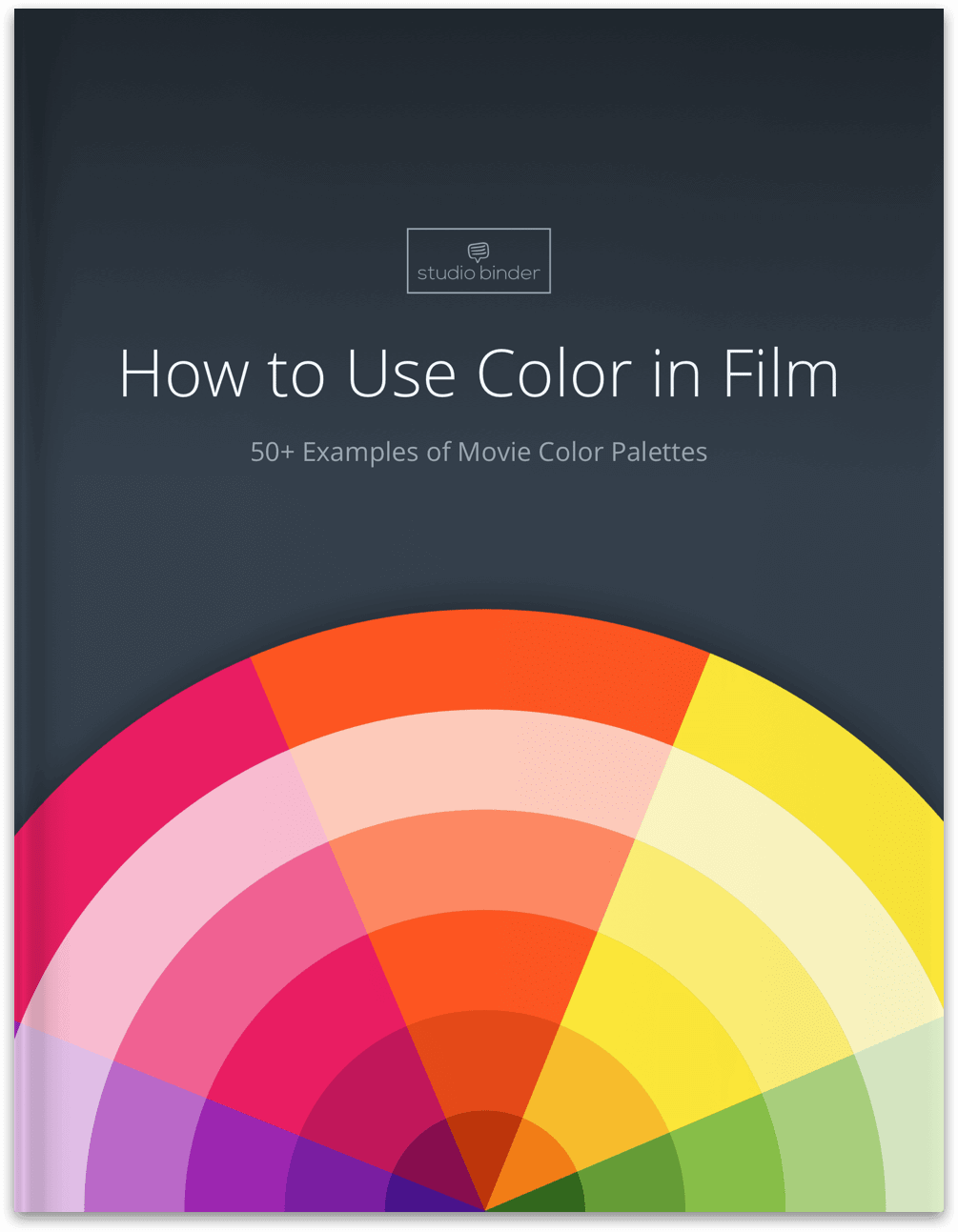Color is an integral part of visual art – but how do we know it’s so important? Well, one way is through the application of color theory. What is color theory? We’re going to define color theory, then break down a variety of color theory examples from paintings, photographs, and films to see how color is used as a tool for expression. By the end, you’ll know the history of color theory and how to apply it.
Basic Color Theory
History of color theory
Many people who are studying color theory for the first time ask “when was color invented?” and “who invented color?” And those are fair ontological questions; of course, color has existed since the beginning of time. But it was not theorized in a modern scientific sense until the 18th-century.
The artists of the Renaissance and the Classical periods certainly knew how to effectively use color in art; heck, even our ancestors who drew cave paintings did. But they were not theorizing about it in the same way as we do today.
This video examines how color in art has been developed over time:
How to Learn Color Theory With The History of Color in Art • The Getty
It’s clear that color has been played with for a long time, both scientifically and artistically. We’ll further outline the development of color theory from a scientific lens in a bit, but first, let’s formally outline a color theory definition.
COLOR THEORY DEFINITION
What is color theory?
Color theory is two things:
A scientific principle that explains how color hues and saturations are created.
A creative discipline that examines how color is used to achieve emotional effect in visual art.
Types of Color Theory:
- Color Wheel
- Color Context
- Color Harmony
Achieving Color Harmony
What is a color wheel?
Color wheels have been used for hundreds of years to express ranges of color. In fact, we can trace the use of color wheels back to the early 18th-century with Isaac Newton’s natural philosophical text Opticks.
In the book, Newton used a circle (rather than a line or other shape) to propose a range of perceivable color.
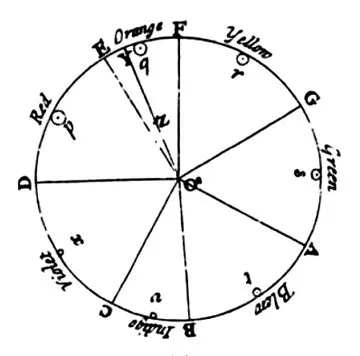
What is Color Theory? • Order of Colors in Sir Isaac Newton Opticks (1704)
Newton crucially argued that colors were divided into two categories: original and compounded.
Original colors are red, orange, yellow, green, blue, indigo, and violet, perhaps better known by the acronym ROYGBIV.
Compounded colors are colors that are created by, you guessed it, compounding original colors. For example: blue and green compounded in equal measure make teal.
In the following years, scientists and philosophers built upon Newton’s proposal with a myriad of color wheel ranges. Color wheels progressively offered wider (and/or more diverse) ranges of spectral hues.
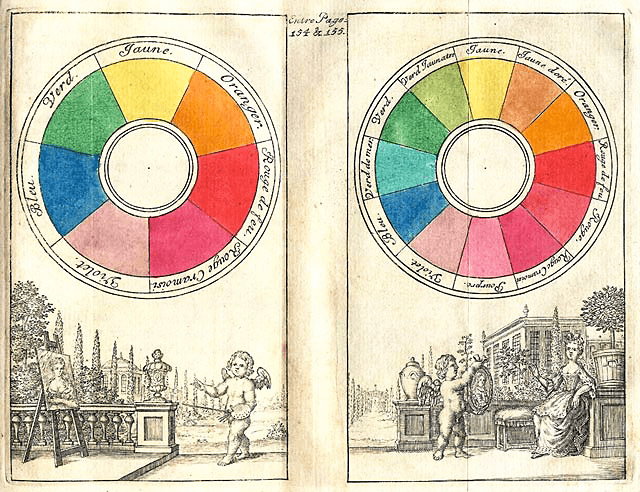
What is Color Theory? • Warm vs Cool Colors in Claude Boutet Color Wheel (1708)
Related Posts
Color theorists, aka people who studied color and how it could be used for effect, developed tools for artists to use. Specifically, these are known as color schemes or pattens of color. Among these schemes are monochrome, analogous, complementary, triadic, and tetradic.
Monochrome utilizes varying tones of just one color (usually gray).
Analogous utilizes colors that are next to each other on the color wheel.
Complementary utilizes colors that are colors that are opposite to one another on a color wheel.
Triadic color utilizes colors that connect together on a color wheel to form an equilateral triangle.
Tetradic color utilizes colors that connect together on a color wheel to form a rectangle.
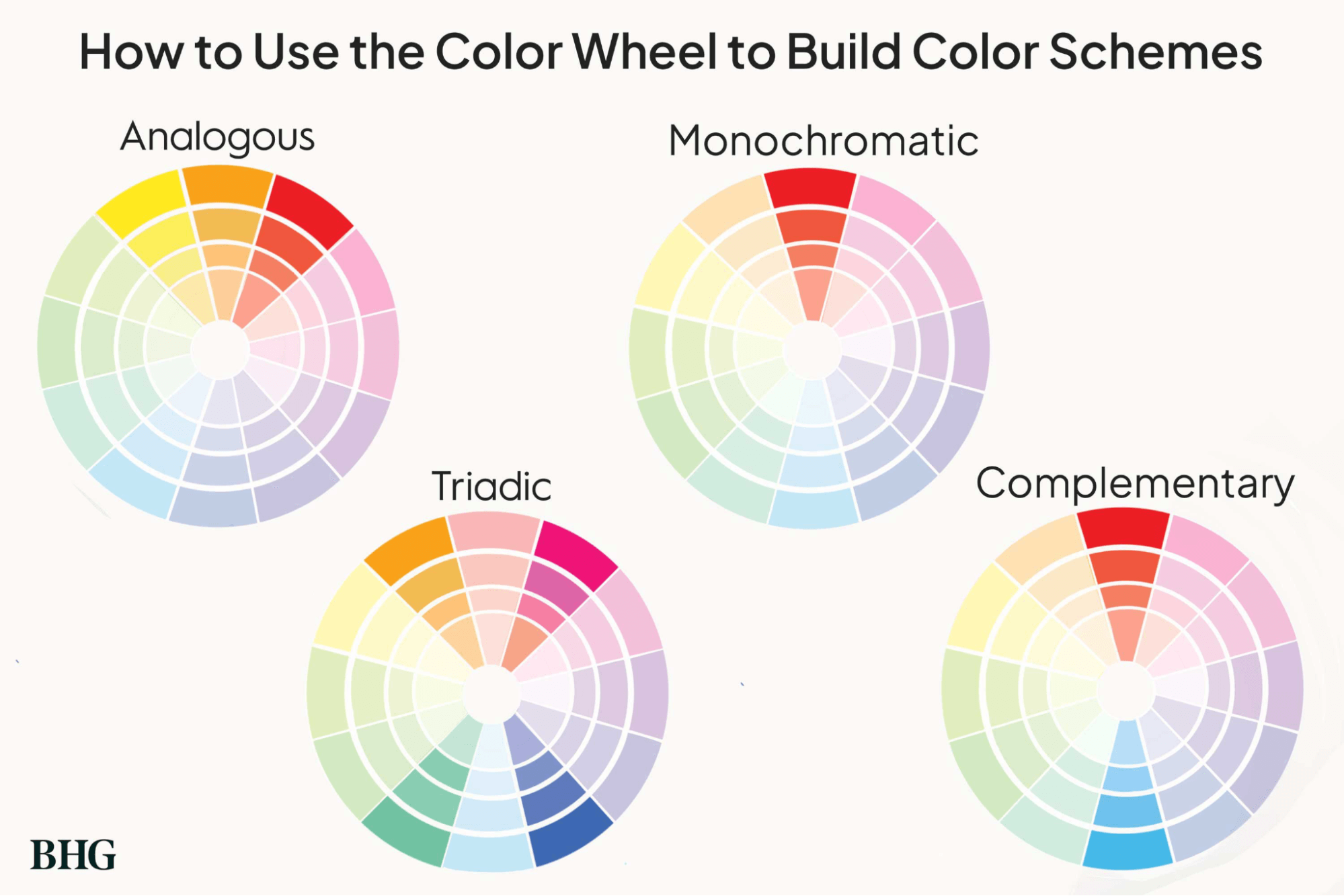
What is Color Theory? • Color Wheel Examples
As noted, color has an enormous ability to affect how we regard the mood and tone of what we’re looking at. In this video, we examine how color temperature (varying vibrance and saturation of hues) is used in visual media.
Color, and the lack thereof, is a huge part of effective visual storytelling. Let’s take a look at some films that make excellent use of color.
Color Temperature Explained • Subscribe on YouTube
Want to see more examples of expressive color theory palettes? Check out our next section for breakdowns from David Fincher, Wes Anderson, and more!
Related Posts
Color Theory Explained
Mastering the movie color palette
Every visual artist uses color differently. Some prefer to play with complementary colors… others stick to tetradic themes.
David Fincher’s color style is entirely unique. Check out this next video to see how he plays with color in films like Fight Club, Zodiac, and more.
Color Harmony in Film, David Fincher • Subscribe on YouTube
Fincher is well-known for the muted blue-gray tone used in The Girl With the Dragon Tattoo, among others.
One could argue that Stanley Kubrick has a much more expressive color palette (at least in terms of saturation).
What is Color Theory in Film? Stanley Kubrick • Subscribe on YouTube
Kubrick’s color style relies on saturated reds and blues to communicate thematic tone. Of course, that’s not all; Kubrick is a master of color afterall.
Zack Snyder is considered by some an auteur of modern filmmaking, in large part due to his use of color.
What is Color Theory in Film? Zack Snyder • Subscribe on YouTube
Snyder’s color style effectively uses monochrome cross-matched with complimentary color to create a style all its own. We see this strategy used in films like 300 to expert effect.
Guillermo del Toro utilizes a wide range of approaches to color in his works.
Color Theory Examples in Film, Guillermo del Toro • Subscribe on YouTube
Guillermo del Toro’s color style is certainly varied, but triadic color is seen often. Look out for that “yellow/red/purple” look in films like Pacific Rim.
Our next director is perhaps best known for monochrome greyscale, but his later works incorporated a more complex approach.
Color Harmony Examples in Film, Akira Kurosawa • Subscribe on YouTube
Kurosawa’s color style, at least in a later sense of his career, is perhaps best exemplified in the deep, saturated reds of Throne of Blood and the complementary/triadic schemes of Dreams.
Perhaps no director uses color as expressively as Wes Anderson. Don’t believe me? Check out the next video.
Color Theory Examples in Film, Wes Anderson • Subscribe on YouTube
Anderson’s color style is loud and audacious, which creates magically-realist film worlds that never quite match the visual bleakness of our own.
For more on color theory, download out FREE Ebook: How to Use Color in Film: 50+ Examples of Movie Color Palettes.
Cinematography techniques pdf
FREE Download
How to Use Color in Film
Hue, saturation, brightness — the three elements of color that make all the difference. In this book, we'll explain the aesthetic qualities and psychology effects of using color in your images. Topics include color schemes like analogous and triadic colors and how color palettes can tell stories of their own.
Related Posts
Up Next
What is a Color Checker?
There’s no doubt about it: color is something all filmmakers should consider before hitting record. But how does one capture that “perfect color?” Well, one way is through the use of a color checker? What is a color checker? Don’t worry, we’ll answer that question in the next article, with examples and tips on how to get started.
Up Next: Color Checker Tool Explained →
Showcase your vision with elegant shot lists and storyboards.
Create robust and customizable shot lists. Upload images to make storyboards and slideshows.
